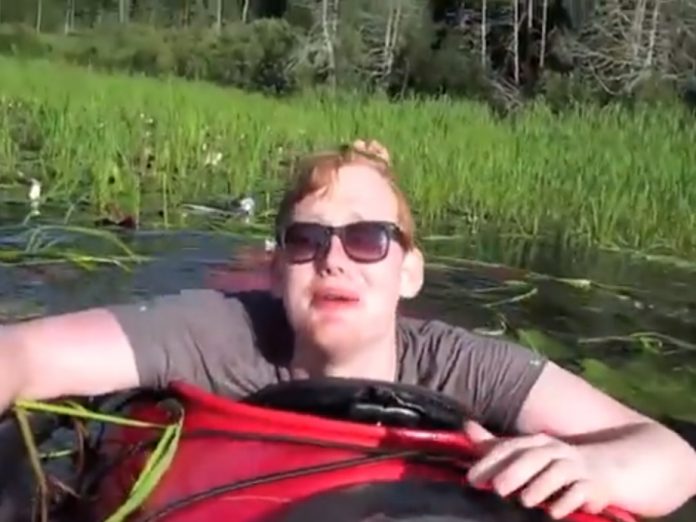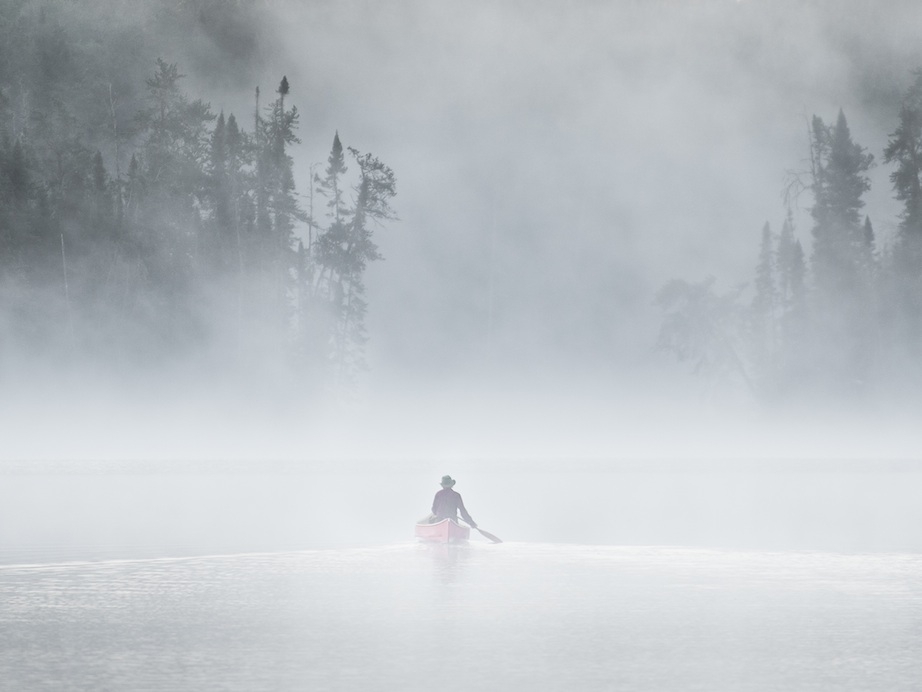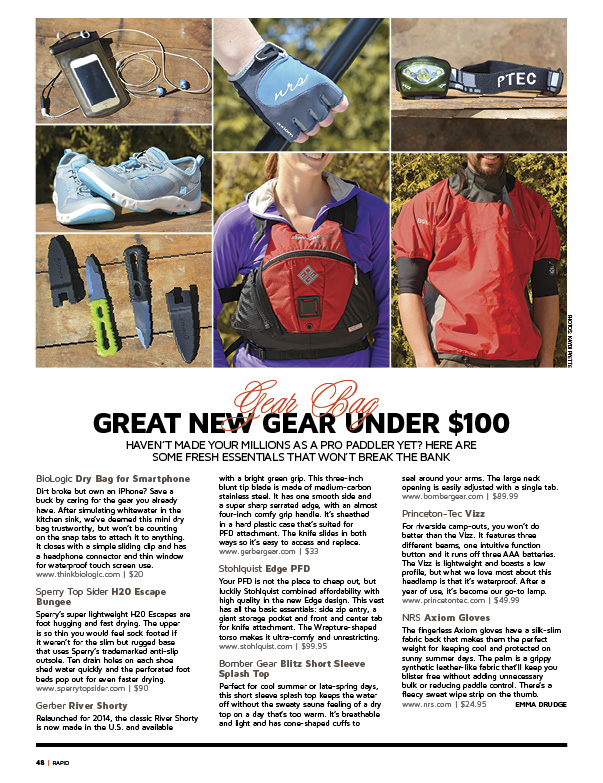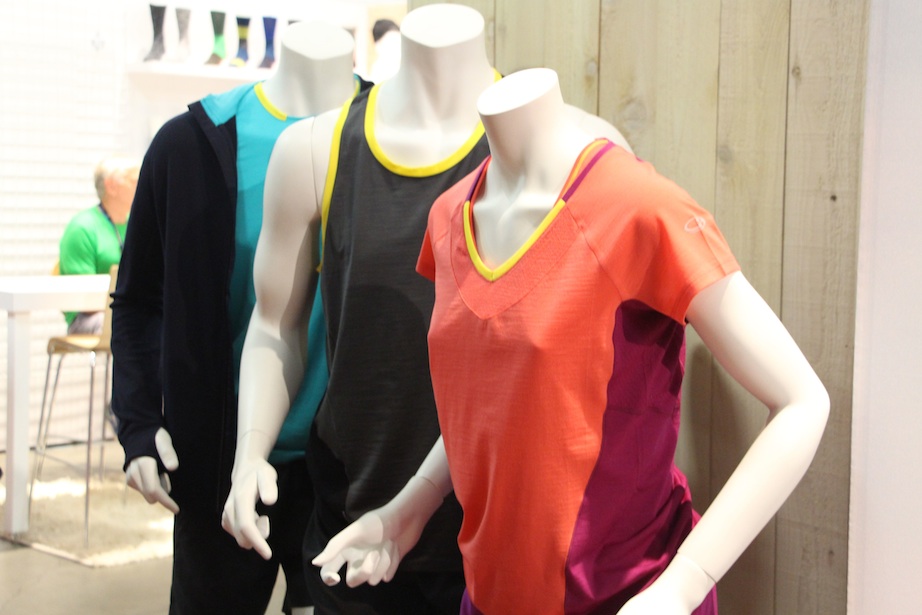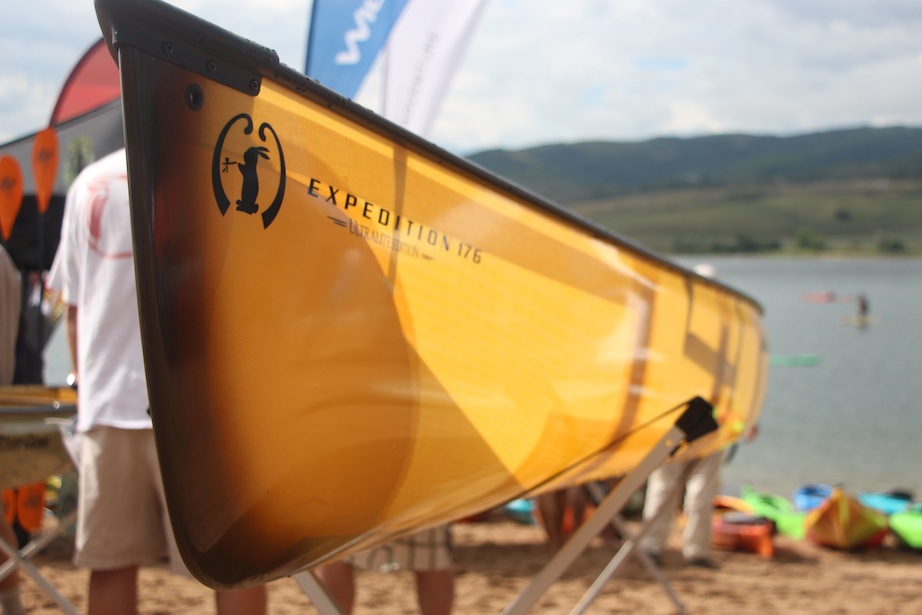When Ted Bell describes the stroke he does in his Magic solo canoe on a still morning, his blue eyes twinkle. “You have to do what you love. For me that’s building canoes and paddling; pretty much what I’ve done my whole life.”
Eight years after selling Bell Canoe Works, he’s back in business with a mission to establish a new brand of tripping canoes.
Bell’s new line, called Northstar Canoes and operating under parent company Bell Composites, has been met with enthusiasm from the paddling community. The canoes began showing up on American showroom floors in 2013 and its small first-year run sold out by fall. This year, the new company hit its stride, manufacturing double the amount and expanding the line to include eight models. Like Bell’s original canoes, the new fleet of signature craft is designed for both experienced and recreational paddlers, and for cruising as well as extended trips.
Bell likens his canoes to bicycles in a world of tricycles. “A lot of canoes behave like a tricycle; very stable and comfortable until you go around a corner too fast,” he says. “My boats are stable, they turn easily and they have fully flared hulls that deflect waves.” The lineup was created with input from canoe designer Carl Yost, son of famed designer David Yost.
Manufactured in a warehouse in Zimmerman, Wisconsin, all of Bell’s boats are made of a proprietary blend of Kevlar and fiberglass.
Enthusiasts of Bell Canoe Works’ models can expect a return of the 16-foot Magic and the Northwind touring series, now available in five lengths. New designs for 2014 include the river touring 14-foot, six-inch Phoenix and the 12-foot Adirondack Solo, which is featherlight at a mere 19 pounds.
As for why Bell left the canoeing business in the first place, he says he’d become tired of being under-capitalized and feeling like he was paddling upstream. Disenchanted, he sold Bell Canoe Works to ORC Industries, a military contractor that thought it would be a good diversification and fit for its distribution channel. The company ceased manufacturing not long after the purchase, leaving behind a hole in the high performance touring craft market as well as a following of enthusiastic and discerning paddlers.
“After selling, that first year pretty much just evaporated and I have no real recollection of what I did,” Bell says. “It was a time of decompressing, spending time at my yurt in South Dakota and regrouping,” he adds.
“That whole time during my five-year non-compete agreement, I felt like something was missing. I’ve been involved in building canoes since I was in college, and paddling long before that. It’s in my blood,” Bell says. The son of an Indiana preacher, Bell’s father skipped service every Easter Sunday to take the family on the first canoe camping trip of the season.
With Bell Canoe Works, Bell felt like he was part of the rat race. “I’d rush home from boat shows to build more boats, always passing on opportunities to go out and paddle.”
Time away from the business world gave him the perspective needed to slow down and refine his craft: “Age brings wisdom and clarity. It’s not only about building boats anymore. I want to enjoy the scenery and the experience. I want to enjoy the poetry in the paddle and the portage.”
Writer and photographer, Krissie Mason hugs birch trees, skips stones, builds campfires and paddles boats of all kinds. Contact her at [email protected].
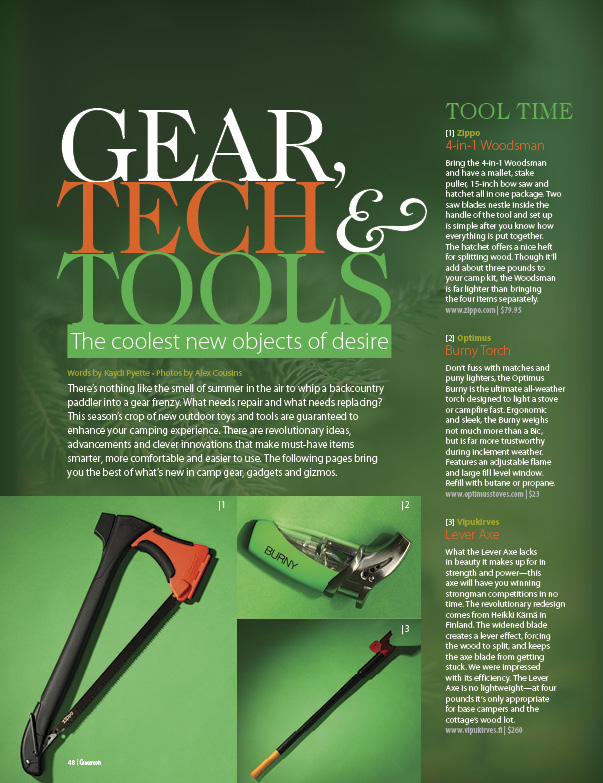







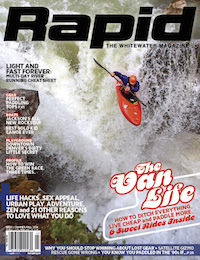 This article first appeared in the Summer/Fall 2014 issue of Rapid Magazine.
This article first appeared in the Summer/Fall 2014 issue of Rapid Magazine. 
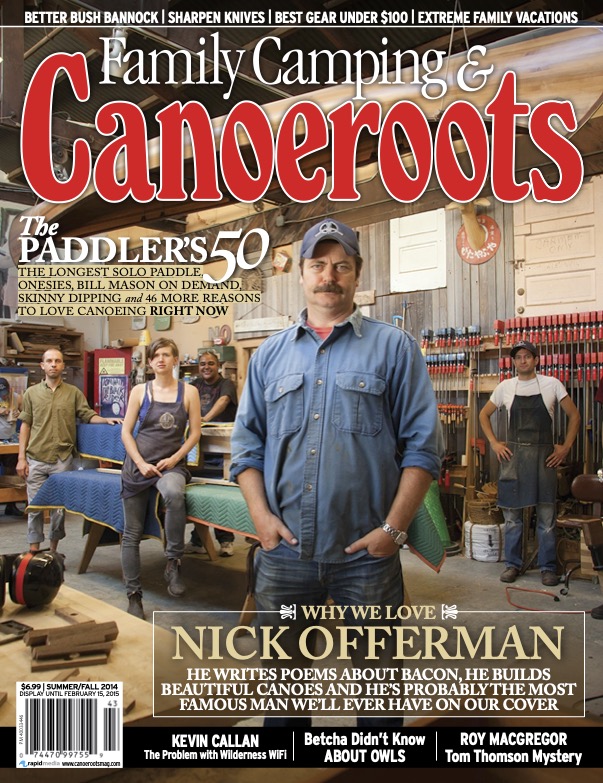 Get the full article in the digital edition of Canoeroots and Family Camping, Summer/Fall 2014.
Get the full article in the digital edition of Canoeroots and Family Camping, Summer/Fall 2014. 